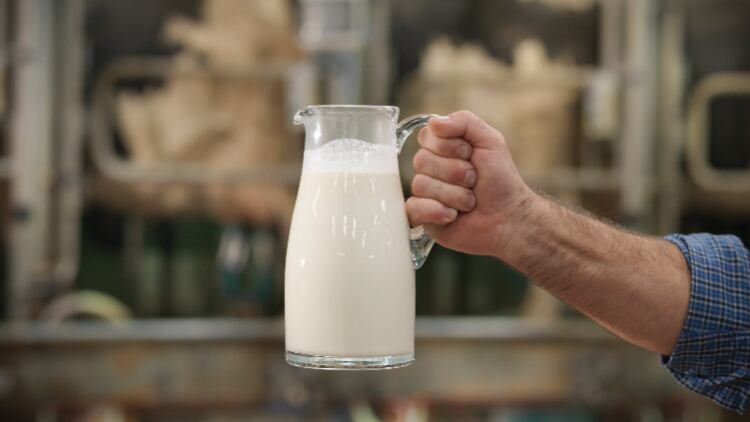The hospitality procurement consultancy had been expecting a fall in milk pricing for some time.
This was because a wet and mild climate over autumn and winter had led to better-than-average grass growth, resulting in milk production that was higher than anticipated, causing steady falls in farmgate milk pricing.
It said these reductions were beginning to filter through, with some suppliers offering as much as 9% to 10% reductions. However, there were also reports of other suppliers standing firm with their pricing.
Prestige Purchasing expected suppliers would all bring their pricing inline eventually. This was because the food service supply market was competitive, so when some moved price, others were likely to follow.
Drop in dairy prices
However, with the dairy category as a whole up 34% year-on-year, the consultancy reminded we were still a long way off 2021 prices.
Lower milk prices would also affect the price of cream, butter and skimmed milk powder to some extent, said Prestige Purchasing. But, all of those had higher production costs, with some having high energy costs attached.
As a result, the price of these items would not fall as quickly and in some cases would not fall at all.
Furthermore, looking to the future, Prestige Purchasing said a hot, dry summer may result in lower milk production. However, it added that the dairy cows’ access to grass always helped with production, so if there was still plenty of grass, production should remain fair.
Dairy cattle produce different amounts of milk depending on their diet. The warmer wet weather through autumn led to high grass growth resulting in what some dubbed an ‘Autumn Flush’.
The phrase came from the spring flush, which is when grass growth is high, and cows are released into the fields causing an increase in milk production. The Autumn Flush meant that cows could remain out in the fields longer, delaying the need for feed and allowing them to feed on the higher milk producing grass.
According to Prestige Purchasing, we are now in the Spring Flush, which, coupled with better-than-expected volumes in recent months, is the reason for the fall in prices.
This comes after retailers Tesco and Sainsbury’s cut the price of milk for consumers, with the latter reducing the price of its four-pint own brand bottle to £1.55 last week.
The move from suppliers and supermarkets comes at a time when food inflation is at its highest level since 1978, with latest figures showing food prices increased 18.2% from February 2022 to February 2023.
Inflation for food marginally eased in February this year but is still above 20%, signalling the need for urgent intervention to save businesses, trade bodies have warned.
Inflation rates
Year-on-year, food inflation was at 20.6%, behind the record high of 22.9% in December 2022, the latest CGA Prestige Foodservice Price Index found.
The data showed there is now clear evidence price hikes are beginning to slow. The full basket of food measured by the index increased by 0.7% month on month – a third of the average rate recorded in the latter part of last year.
It predicted this, alongside prior year base effects, should continue to decrease inflation during the remainder of 2023, with prices increasing but at a slower rate than 2022.
However, all categories including in the index continued to show double-digit inflation. Oils and fats were the highest at 37% year on year while sugars, jams and syrups were the lowest at 12%.




